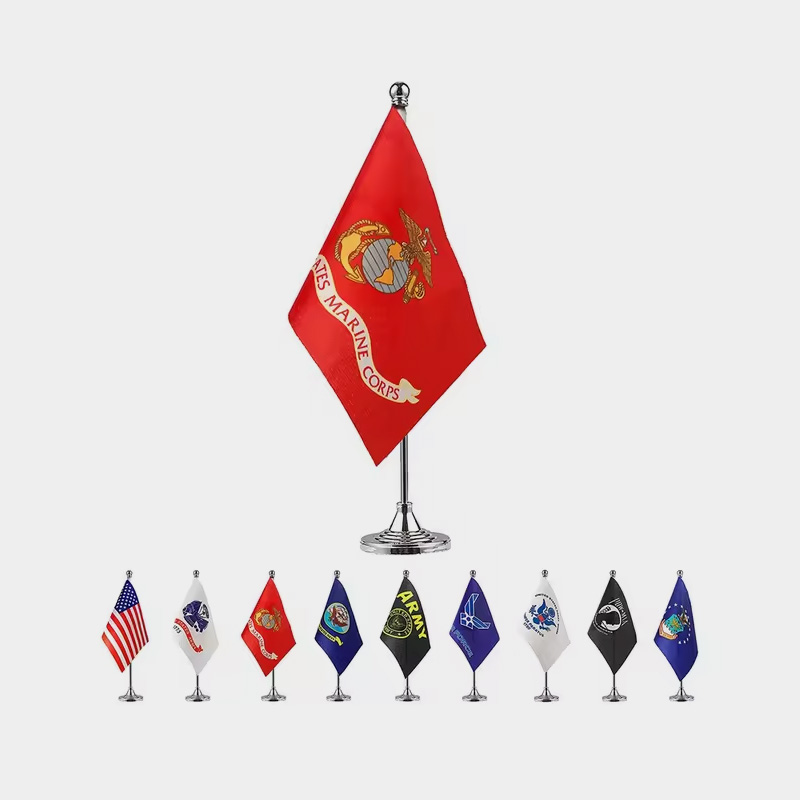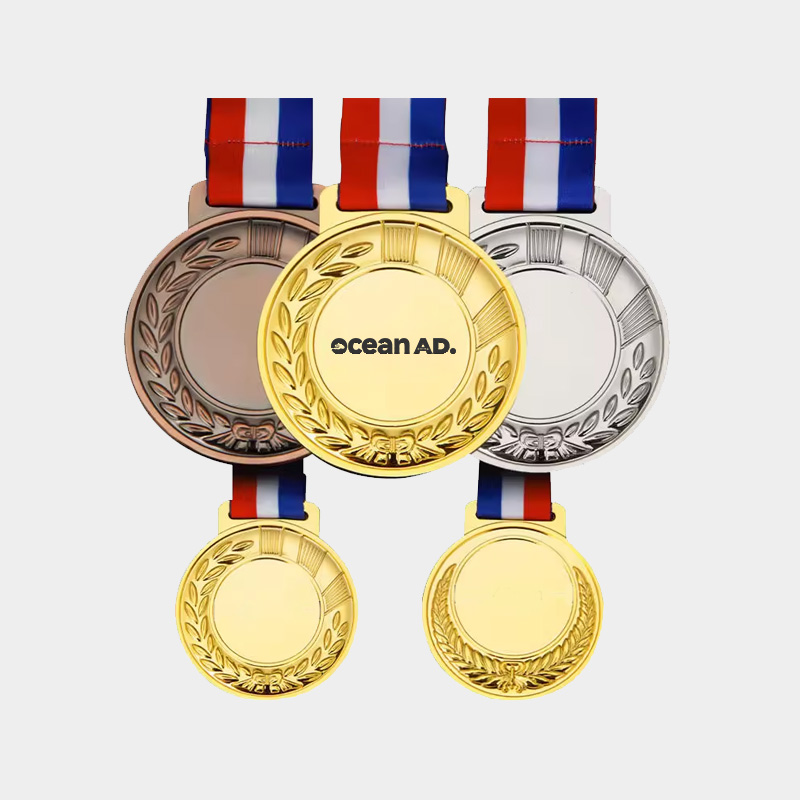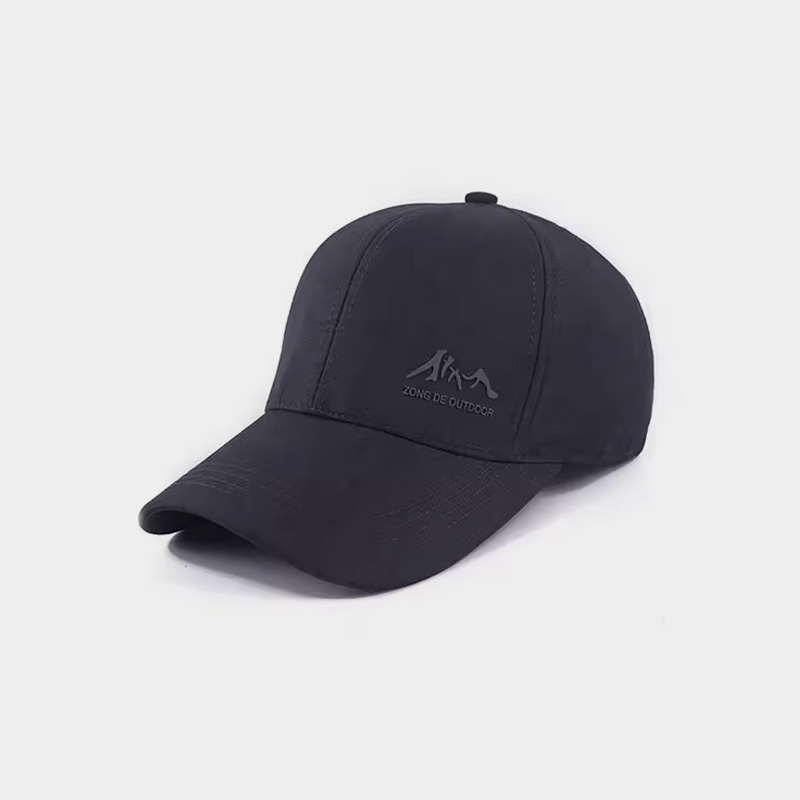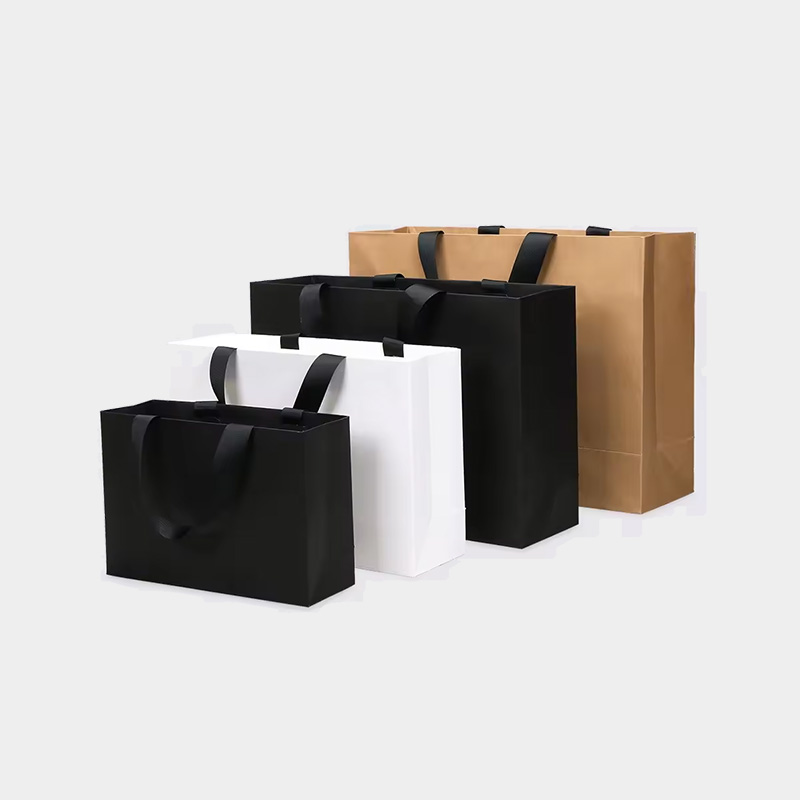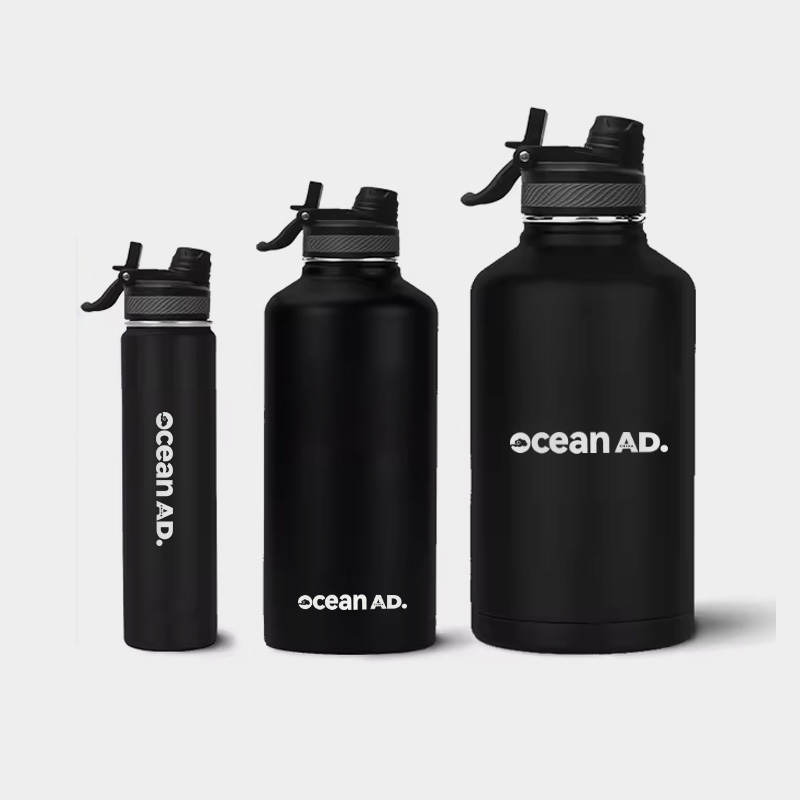The development of market economy has greatly enriched commodity trade and export products have continued to increase. Paper box as one of the most widely used product transportation packaging. Today, paper box printing has changed from the original simple text and line printing to high-quality reproduction of black and white and color box packaging. As an important process in the post-processing of color boxes, printing has become more and more the key to the existence of enterprises. Below, we will explain in detail methods of color box printing are.
Today, there are various printing methods for color boxes in China. Traditional offset printing, flexographic printing, screen printing and the gravure pre-printing that has emerged in recent years. And digital printing methods have all occupied their respective markets. Each method has its own advantages, disadvantages and scope. Companies must make correct choices based on production realities and product characteristics.

1. Offset printing method of color boxes
Offset printing is the most mature printing method today and occupies a primary position in packaging color box printing. There is no distinction between the graphic and text parts and the blank part on the printing plate. They are almost on the same plane. When printing from china, water is first applied to the printing plate, and then ink is supplied to the printing plate. The principle of mutual repulsion of ink is used to complete printing. Its plate making process is simple, low cost, high printing efficiency, exquisite patterns and stable quality. However, the offset printing method is not suitable for linkage line production and has low efficiency.
There are two main ways to use offset printing for color box printing. One is to print directly on the cardboard, and the other is to print the paper first and then mount on gray board.
Among them, the direct printing method has high printing quality because it is pre-printing on a single sheet of paper. After printing, it can also be decorated with glazing, lamination and other surface decorations, which can greatly improve the appearance effect of the color box. In the high-end products, it has always occupied an important position in sales packaging. However, the laminating processing efficiency is low.
The direct printing method is mainly aimed at micro-corrugated products. This method is widely used in foreign markets and is relatively mature. An improved offset printing machine can be used during production. For example, the Roland 900 large-format printing machine is capable of direct printing of corrugated cardboard. This printing method can effectively ensure the formability of the color box and achieve exquisite printing effects without losing limited cardboard strength. But the equipment investment cost is still relatively high.
2. Flexographic printing method for color boxes
Flexographic printing is a direct printing method. The plate is made of a certain elastic resin, with the graphic part protruding and the blank part concave. It is produced using a squeegee, mesh device, and environmentally friendly water-based ink.
There are two methods for printing color boxes: direct cardboard printing and pre-printing the tissue paper and then laminating it.
Direct printing can perform linked production and is currently the most widely used in the production of mid- to low-end color boxes.
There are mainly two types of color box printing machines: modular and satellite models. They have larger printing formats, more colors, relatively higher quality, and lower costs. For wide width, flexo printing equipment can print a width of 2.5~2.8 meters.
Flexographic printing is a pressure printing method, which has little loss of strength of corrugated cardboard, and water-based ink meets the requirements of environmental protection. The disadvantage of flexographic printing is that the printing plate is easily deformed by pressure, and it is difficult to control the dot expansion. In the highlight part of the image, the dots are easily lost or enlarged. In the dark part, about 85% of the dots will expand and merge into a solid state. , only about 5%~85%. It is difficult to achieve the ideal effect for high-end printed matter with rich layers.
In addition, due to various reasons such as current printing ink and surface treatment of printing materials, the actual production speed is only about 100 meters to 300 meters. With the advancement of color box printing, the quality of water-based inks continues to improve, and the adhesion and tinting strength continue to increase. The use of a closed squeegee system can also better ensure the transfer effect of the ink, and the speed and quality of flexographic printing will increase. Get a big improvement.
3. Pre-printing method for color boxes
There are currently two main methods of pre-printing: flexographic pre-printing and gravure pre-printing, with gravure pre-printing being the main method. The process is to first use gravure or flexographic printing on web paper, then rewind it into corrugated cardboard, and finally die-cut the color box.
When pasting pre-printed tissue paper, the issue of pattern alignment must be taken into consideration, and a photoelectric tracking control system is usually installed on the cross-cutting knife to ensure accurate cutting. Compared with printed cardboard, pre-printing can provide more exquisite products. The printing quality is more stable and reliable, and the quality of the color box after molding is also better. From the perspective of production efficiency, the web printing method can realize non-stop paper changing operations, which is particularly suitable for color box products with large quantities and relatively high printing quality requirements.
To adapt to the high-speed production of pre-printing, there are also higher requirements for the printing ink and paper materials used. Such as the smoothness of the paper and the edge pressure strength. Practice has proved that although coated whiteboard paper has good color expression. The color will change during the high-temperature drying process, affecting the pattern effect. The surface smoothness of hung whiteboard paper is poor, and the quality of the printed dot image is poor. It is relatively poor and consumes a lot of ink, so it is also an ideal pre-printed paper. White cardboard has high smoothness, good printing dot image quality, and can withstand the test of corrugated high-temperature bonding process. It is an ideal pre-printing paper.
4. Gravure pre-printing method for color boxes
Gravure printing also uses a direct printing method. The graphics and text on the printing plate are partially concave, and the thickness of the ink layer is used to express the tonal levels of the image. Its products have the characteristics of rich and plump ink layers, bright colors, strong three-dimensional effect, high definition and gloss, which have great advantages for the printing of high-end products.
The gravure plate used for color box pre-printing is equipped with a large-scale unit printing machine. And is equipped with a computerized cross-cutting and slitting machine with photoelectric detection function to meet the requirements for cross-cutting accuracy during lamination. The installation of base paper preheating device and humidifier on the production line can effectively adjust the water content of the base paper, ensure stable tension. And reduce the wrinkling of the base paper during paper feeding, which will affect subsequent production and processing. The application of dust removal and explosion-proof electrostatic ink absorbing devices, computer correction devices, automatic printing devices, and automatic image detection devices provide guarantee for the printing production of high-quality products. Moreover, printing and glazing can be completed at one time, which improves product quality.
Gravure printing currently mainly uses electronic engraving technology for production, and the cycle time is greatly reduced, but the cost is still high. Although the price of domestic equipment is cheaper than imported equipment, the equipment is complicated and the capital investment is still relatively large.
5. Digital printing method for color boxes
The application of digital printing methods is the development direction of color box printing. It can make graphic information directly from the computer to the surface of the paper, eliminating the need for central plate making and other links. Moreover, digital variable information is printed, and the content can be consistent and even Materials can be changed. On-demand, real-time and variability are the characteristics of digital printing.
But printing ethics is at most equal to traditional printing skills, and far higher than printing skills. The investment cost of a general digital printing machine is 40%-50% lower than that of traditional color boxes. Compared with traditional printing, its printing speed is faster and the cost per page is lower, giving it a competitive advantage. Among various digital printing methods, inkjet digital printing equipment has developed rapidly.
Digital printing method is a development direction for on-demand printing in the future. But compared with a large number of industrial packaging, there is still room for improvement in terms of printing speed and format. However, with the continuous development of personalization and product demand. Such as the production of corrugated cardboard display racks and small-volume trial packaging, digital printing methods will occupy a dominant position in this field.
The growth of color box printing technology in the future
Color boxes are continuing to transition to environmentally friendly packaging, which requires their product printing quality to be higher and higher. Of course, the requirements for green printing make the colors bright and meet the requirements of green environmental protection. This puts forward higher requirements for printing equipment and printing help materials.
In addition, the development and application of new color box products, such as miniature color boxes, heavy-duty color boxes, corrugated extended products, etc., have different characteristics and have also raised corresponding requirements for the printing process.
When it comes to the choice of printing methods, various printing methods will still exist at the same time for a long period of time. In the long run, the pre-printing process has higher printing quality and effect, avoiding the impact of printing on the strength of the cardboard. From an efficiency point of view, it can greatly shorten the production cycle and meet the customer’s requirements for timely supply. For high-quality, high-volume product manufacturing, pre-printing is undoubtedly the best method.
To improve the quality of color box printing, we must pay attention to the development of post-processing, products must meet market demand, and the quality of printed matter must be continuously improved. Printing processing involves many factors. Plate materials, equipment, ink, paper, environment, and operations must be strictly controlled. All processes must be closely coordinated to reduce production errors and increase corporate profits.


